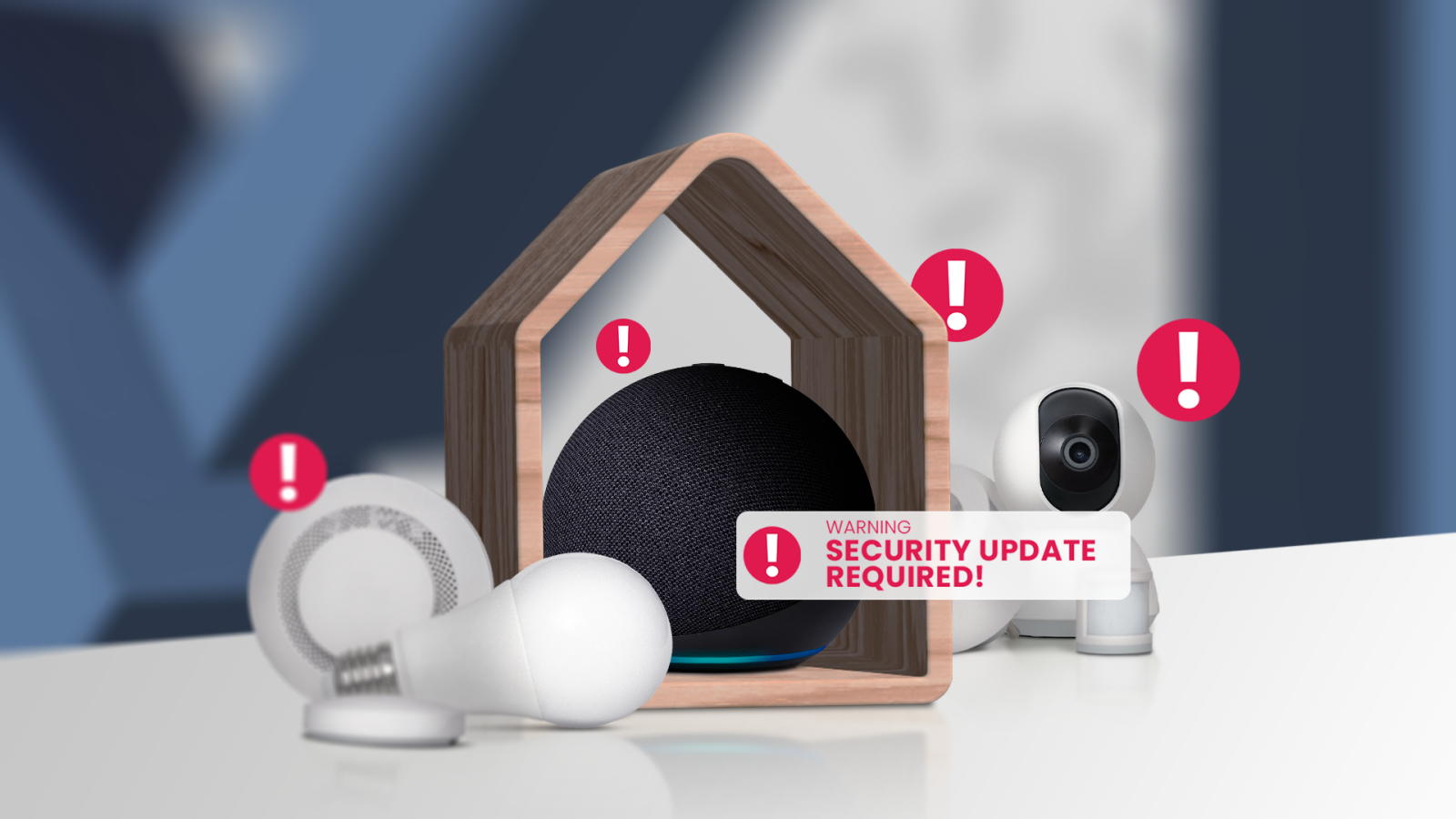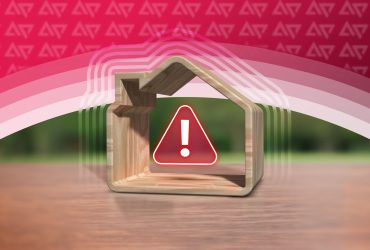
Contents
Even the best smart devices need regular security updates to function efficiently and safely. Without these updates, your devices might become vulnerable to hackers and face performance issues. However, it can be hard to tell when smart home devices are due for a security update. Watch for these seven warning signs to keep your smart tech running smoothly and securely.

Related
8 ways to secure your smart home from hackers
A smart home is only as smart as its security
7 You haven’t updated your device in months
Regular updates can keep your device and network safe

Source: Lucas Gouveia/Android Police
If you haven’t updated your smart home device in several months, it is likely missing several critical security patches. Hackers exploit known vulnerabilities, and outdated devices are easy targets. Regular updates fix bugs, close security gaps, and improve performance.
Many people assume their devices update on their own, but that’s not always true. Check your device settings to see the last update date. If it runs the original firmware, update it immediately.
You can also turn on auto-updates to avoid this problem. Unpatched devices put your network at risk. Even if one device is compromised, attackers can use it to access other devices on your network. Don’t rely on the default settings. Make sure your smart tech has the latest security update. Staying current is an effective way to secure your smart home.
6 Unusual network traffic
It’s worth investigating

Image Source: Netgear
Monitoring your network traffic is a great way to catch problems early. Smart home devices don’t use a ton of data. If you haven’t added new devices and your usage hasn’t changed, investigate whether your smart home devices are to blame for the increased traffic.
Hackers can use compromised devices to steal your information and send this data to remote servers. They might use your smart home tech to launch larger cyberattacks. This can cause a surge in network traffic.
Check your router’s activity logs regularly to keep your devices and data safe. You can also use intrusion detection systems to spot unusual traffic. If you see anything unusual, perform a security update. Also, change your passwords and enable two-factor authentication to secure your smart home devices further.
5 There was a recent security incident
Keep an eye out for announcements from manufacturers
Smart tech manufacturers try their best to maintain robust security. Despite these measures, no system is immune to vulnerabilities. Security risks constantly change, and hackers always look for new flaws they can exploit.
If you hear about a security breach involving a smart device brand you use, take it seriously.
Even if the device appears to be working fine, it doesn’t hurt to perform a quick security update. Also, visit the brand’s website and check for other recommended actions you should take.

Related
4 Security features don’t work
Missing protections are a warning sign
Do not ignore disabled security features on your smart home devices. If your smart device’s 2FA or firewall settings suddenly turn off or become unavailable, it warrants further investigation. Hackers often disable these protections to access your network or device.
Security features might stop working if your smart home device is old. In either case, don’t assume it was a glitch or not worth checking out. If something appears off, update the device immediately and check if all the features work as they should.
3 Sluggish performance
Performance issues can signal a security breach

Source: Lucas Gouveia/Android Police | Oleg Krugliak/Shutterstock
Smart devices should ideally respond quickly. Something might be wrong if your Google Home takes forever to respond to a voice command or your commands don’t register. The best-case scenario is that your device is old and struggling to keep up. In this case, an update might improve performance and security.
Slugging performance could also mean a hacker accessed your device. Bad actors can run unauthorized processes in the background, causing a performance lag. Either way, a security update could restore normal function. If the device still lags, consider removing it from your network.
2 The app requires permissions it shouldn’t
Too many permissions can put your data at risk

Source: pocket lint
Smart home apps, and any app for that matter, should only ask for permissions that are essential for their functioning. Overreaching permissions can put your data at risk or help bad actors track your online behavior without your knowledge.
For instance, there’s no reason for your smart lights app to have access to your contacts, microphone, or camera. If you notice changes in permissions or if the app requests new permissions, that is a red flag. Deny unnecessary permissions or remove them through your phone’s settings, and update your smart device for added measure.
Also, watch for notifications and emails that confirm changes to your passwords or settings. If you receive any such communication, it’s a sign of someone trying to access your smart home device and network. After changing your password and enabling additional security features, perform an update to close out other vulnerabilities.
1 Your smart device tries to access suspicious websites
Keep an eye out for unexpected web activity
If your router logs show your smart home devices trying to access unknown or suspicious domains, that’s a concern. Someone might be spoofing your MAC address and stealing your Wi-Fi, or misconfigured integration may have caused the issue.
It could also mean a hacker has unauthorized access to a smart home device in your network. In this case, the easiest and safest thing to do is to update your smart device.
It’s also a good idea to log in to your router settings and check the list of connected devices to spot unfamiliar names. Changing the Wi-Fi password might help. If you think a misconfigured integration is the issue, remove or disable any recent third-party services you linked to your device.

Related
Know when it’s time for an upgrade
Performing regular security updates is important. But sometimes, it’s best to upgrade older tech. If your smart home devices no longer receive security patches or lack key security features, they’re leaving you and the other devices in your network vulnerable.
Outdated tech can become an easy target for hackers. If you replace your tech, don’t buy smart home devices for cheap. These devices are likely cheap for a reason and might pose serious risks. It’s best to buy from reputable brands that offer long-term security updates, transparent privacy policies, and strong security features.
What’s your reaction?
Love0
Sad0
Happy0
Sleepy0
Angry0
Dead0
Wink0










Leave a Reply
View Comments